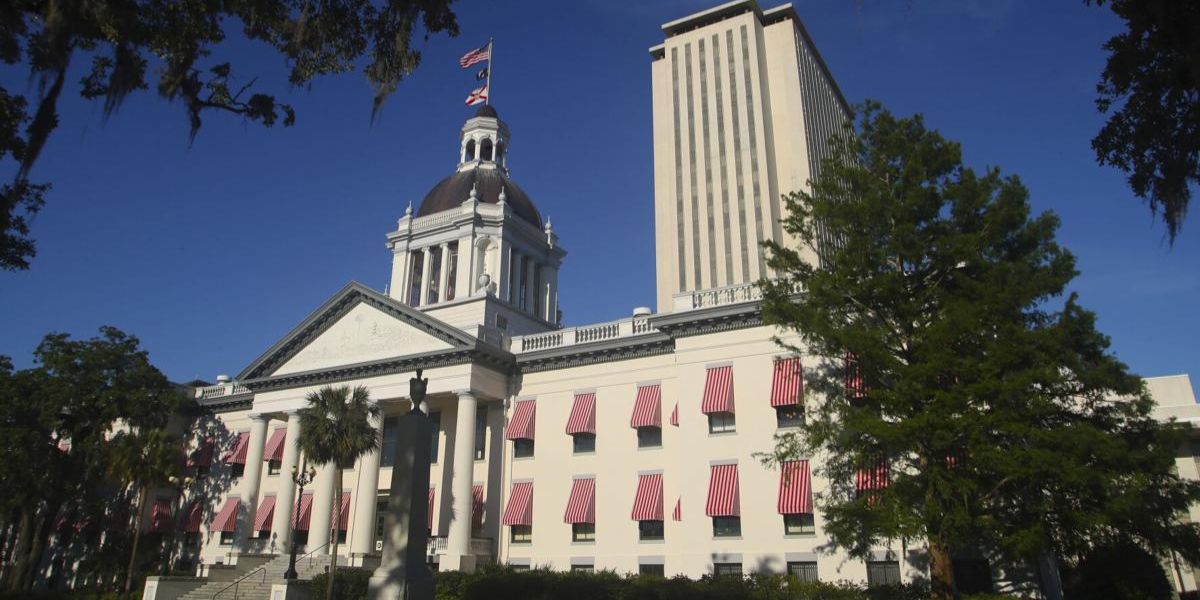As of May 5, the Department of Education (DOE) will commence debt collection on defaulted loans, which means that millions of borrowers of federal student loans will be subject to a renewed threat to their paychecks and tax refunds.
Starting with the beginning of the COVID-19 epidemic, there was a lull that lasted for years, but now it has come to an end.
It is planned to reintroduce the Treasury Offset Program, which will enable the federal government to withhold tax refunds, Social Security payments, and other federal benefits in order to collect student loans that have not been paid back entirely.
In the latter part of this summer, administrative wage garnishment will take place, and notices will be sent out to debtors who will be affected by it beforehand.
The Public Broadcasting Service (PBS) revealed that around 5.3 million borrowers of federal student loans are currently in default, which means that they have gone more than nine months without making a payment. In accordance with the data provided by the DOE, an extra four million borrowers are currently in the late-stage of delinquency.
According to these numbers, it is possible that debt collection measures will be taken against roughly 10 million individuals over the course of the next few months.
In accordance with the resumed collections process, the Treasury Offset Program will automatically redirect federal contributions to reimburse student loans that have been defaulted on.
Additionally, after providing a thirty-day warning, the Department of Education will give permission for administrative wage garnishment, which is the process of seizing a portion of a borrower’s wages.
After missing even a single payment, borrowers are regarded to be in an overdue status. According to attigo.com, if three hundred and seventy days pass without any payments being made on the loan, the loan is considered to be in default, and the government may initiate collection tactics such as garnishment and lawsuit.
A borrower may seek loan rehabilitation in order to prevent having their wages garnished. They are able to avoid defaulting on their payments by following this procedure, which requires them to make nine consecutive payments on time each month based on their income.
Since August 2024, the Department of Education has not processed any new applications for repayment programs such as Income-Based Repayment (IBR) or Pay As You Earn (PAYE). It is anticipated that processing will restart the following month, as stated by authorities from the DOE.
After taking office, the administration of Vice President Joe Biden continued to implement payment pauses on multiple occasions; however, the present administration, led by Education Secretary Linda McMahon, has put a stop to that era.
As soon as two weeks have passed, borrowers who are in default will start getting reminders via email. They are required to take immediate action in order to avoid collecting attempts. After that, notices of wage garnishment will be sent out this summer.
“You need to start making plans immediately to begin making payments or you’ll risk having your wages garnished later this year,” Beene stated. “It may not be the desired outcome for many, but it’s the new reality for millions of borrowers.”
Read Also: Missed Money? 5 Government Programs That Could Put Cash in Your Pocket
It has been stated once again by McMahon that a comprehensive cancellation of student loans is not in the cards.
“There will not be any mass loan forgiveness,” the notification made by the department stated.
Instead, the administration’s objective is to bring back “common sense and fairness” by making certain that borrowers fulfill their duties to repay the loans they have taken out.



